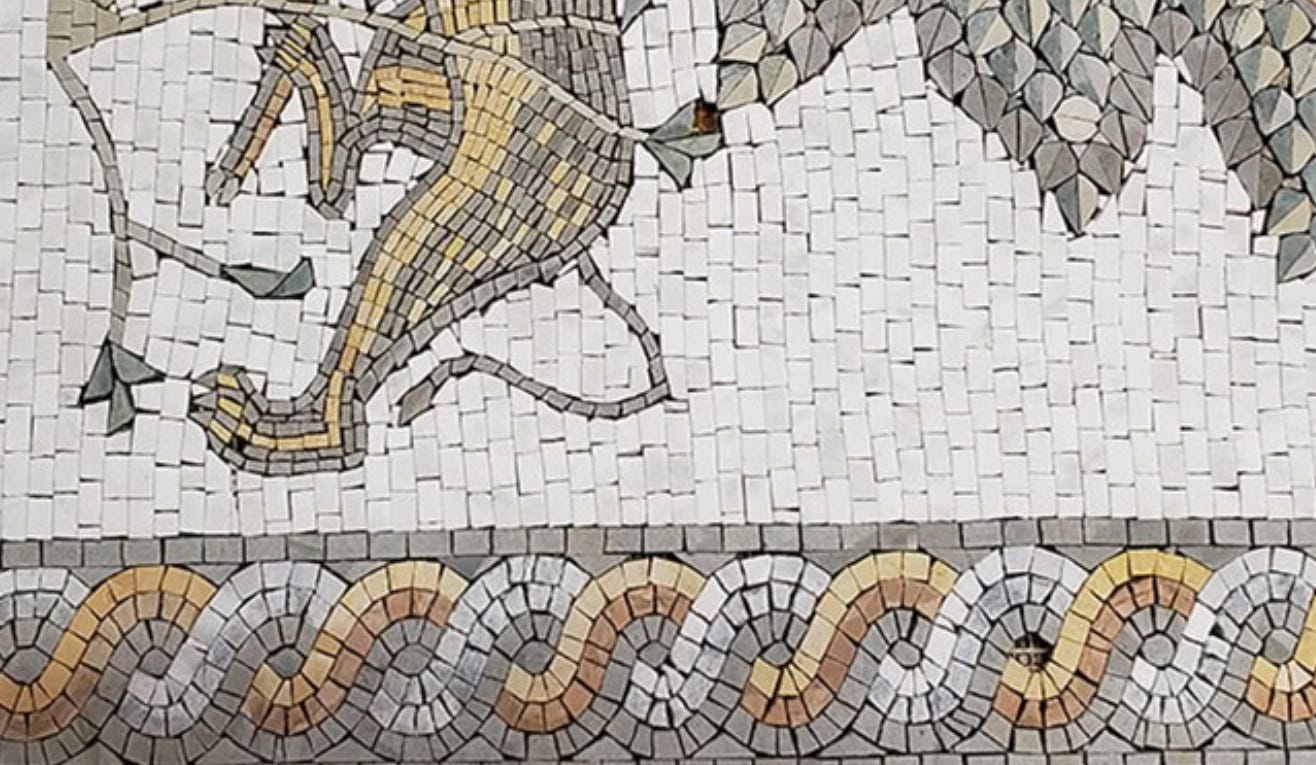Ideas and Words
Despite its obvious centrality to our jobs, the concept of concept is quite a troublesome one in education, as is the idea of idea, or the thought of thought, or the meaning of meaning. People often treat concepts as if they were mysterious subjective mental entities, but I hope to show that this is wrong, and in the process throw a bit of light on the nature of ideas.
Ideas, concepts, and thoughts are things that we have, communicate, convey, get across, present, put out there, explain, illustrate, clarify, formulate, grasp, understand, discuss, explore, dismiss, reject, challenge and so on. We use ideas, and concepts to classify, order, distinguish, and compare the things we want to think about.
The first thing to do is to distinguish between what is said and the words used to say it. We can illustrate this distinction in a number of ways:
There are often lots of ways of saying the same thing, —meaning that different combinations of words, gestures and so on, can be used to express the same idea.
Similarly, a certain set of words might mean entirely different or even opposite things depending on the context and the delivery.
We talk about ‘not understanding what someone is saying/what they mean/what their point is’ and so on. When we say these things, we’re largely not referring to the words so much as the ideas or meaning of what the person is saying.
It is what is said that can be true or false, not the words used to say it.
It is normally what is (or was) said or explained that we want students to know, understand and remember, not the words used to say it. If a student can only parrot the words, then we would normally say they don’t understand what was said.
It’s worth pointing out that it is possible to acquire some simple concepts without words at all. Babies, and animals are obviously capable of some kinds of discrimination and classifications, but these classifications are limited by the things they’re able to do. It’s difficult to see how you could express concepts of ‘time’, for example, without words. As Wittgenstein wrote, We say a dog is afraid his master will beat him; but not: he is afraid his master will beat him tomorrow.’
We can rule out the notion that an idea has some kind of one-to-one correspondence with a word or set of words. We can compare the relationship between ideas and words to that between the empty spaces in a mosaic and the bits of stone used to fill them. In a mosaic, we use bits of stone to make the pictures and patterns, just as we might use words to express ideas. Lots of different bits of stone might be able to do a particular task in the mosaic below. The space constitutes a particular type or category of word or gesture.
This analogy is also useful for illustrating how a word (or phrase) does not have meaning without a context. A single stone doesn’t make a pattern, and neither can it be in ‘the right place’, it can’t have any ‘sense’. Similarly, a word on its own, without any context, can’t express an idea, it can’t have any sense. (This doesn’t mean that words have to be in sentences to make sense.) Ideas and concepts are inherently contextual. An idea is its place in the mosaic of words and gestures.
Another reason why this analogy is useful is because it makes it clear that our ability to understand a particular concept depends on our knowledge of related concepts. Concepts are defined by their relationships with other concepts. Just as a single stone can’t be in ‘the right place’ without other stones with which it can form a pattern, neither can we make sense of a concept without knowledge of related ideas.
To explain an idea is to describe a kind of thing, which necessarily requires some reference to the overall pattern —i.e. It must be relative to other concepts. Ideas are related to each other in lots of different ways: one idea might imply another, or contradict another, or be equivalent or different to another, and so on. This leads to another key difference between what is said (the idea or concept) and the words used to say it. The words used to express a concept might change over time, and the same word might be used differently at different times or in different places, but the same idea can’t be used differently. An idea cannot change otherwise it would be a different idea. Hence the network of concepts is not something subjective but public —whilst different people might possess different parts of the mosaic, and whilst different people might use different stones to make the pattern, the pattern of the mosaic itself is fixed.

